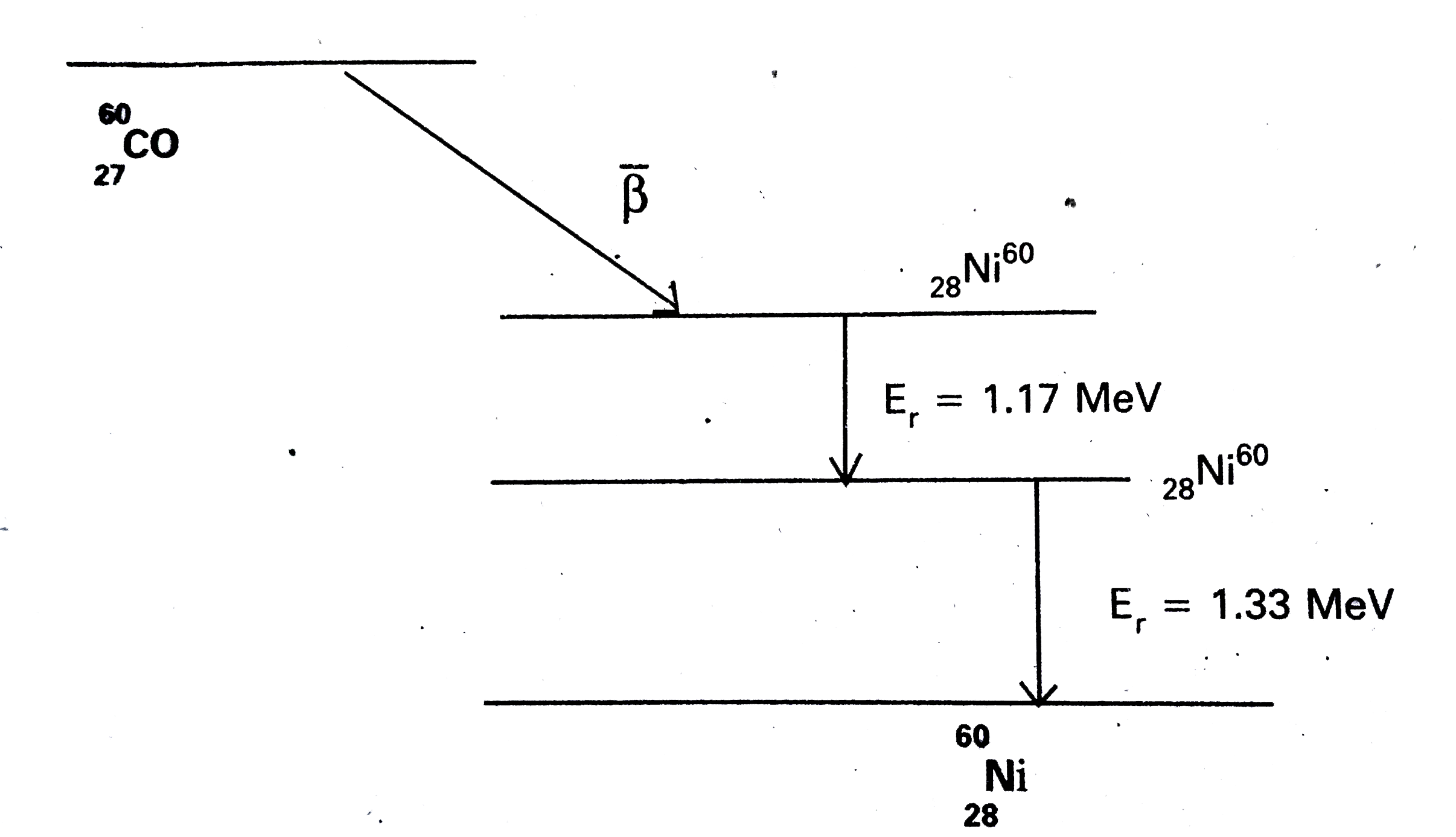Text Solution
Verified by Experts
|
Topper's Solved these Questions
NUCLEI
VIKRAM PUBLICATION ( ANDHRA PUBLICATION)|Exercise LONG ANSWER QUESTIONS|2 VideosView PlaylistNUCLEI
VIKRAM PUBLICATION ( ANDHRA PUBLICATION)|Exercise TEXTUAL EXERCISES|32 VideosView PlaylistNUCLEI
VIKRAM PUBLICATION ( ANDHRA PUBLICATION)|Exercise VERY SHORT ANSWER QUESTIONS|20 VideosView PlaylistMOVING CHARGES AND MAGNETISHM
VIKRAM PUBLICATION ( ANDHRA PUBLICATION)|Exercise ADDITIONAL EXERCISES|26 VideosView PlaylistRAY OPTICAL AND INSTRUMENTS
VIKRAM PUBLICATION ( ANDHRA PUBLICATION)|Exercise TEXTUAL EXERCISES|60 VideosView Playlist
Similar Questions
Explore conceptually related problems
Knowledge Check
A
B
C
D
Submit
A
B
C
D
Submit
A
B
C
D
Submit
Similar Questions
Explore conceptually related problems
VIKRAM PUBLICATION ( ANDHRA PUBLICATION)-NUCLEI-SHORT ANSWER QUESTIONS
- Why is the density of the nucleus more than that of the atom ? Show th...
05:02
|
Play - Write a short note on the discovery of neutron.
06:28
|
Play - What are the properties of a neutron ?
04:05
|
Play - What are nuclear forces ? Write their properties.
03:34
|
Play - For greater stability a nucleus should have greater value of binding e...
02:27
|
Play - Explain alpha- decay ?
02:37
|
Play - Explain beta - decay ?
03:22
|
Play - Explain gamma - decay ?
01:55
|
Playing Now - Define half life period and decay constant for a radioactive substance...
04:31
|
Play - Define average life of a radioactive substance. Obtain the relation be...
04:40
|
Play - Deduce the relation between half life and average life of a radioactiv...
03:17
|
Play - What is nuclear fission ? Given an example to illustrate it.
03:46
|
Play - What is nuclear fusion ? Write the conditions for nuclear fusion to oc...
03:52
|
Play - Distinguish between nuclear fission and nuclear fusion.
06:57
|
Play - Explain the terms 'chain reaction' and 'multiplication factor'. How is...
07:23
|
Play
